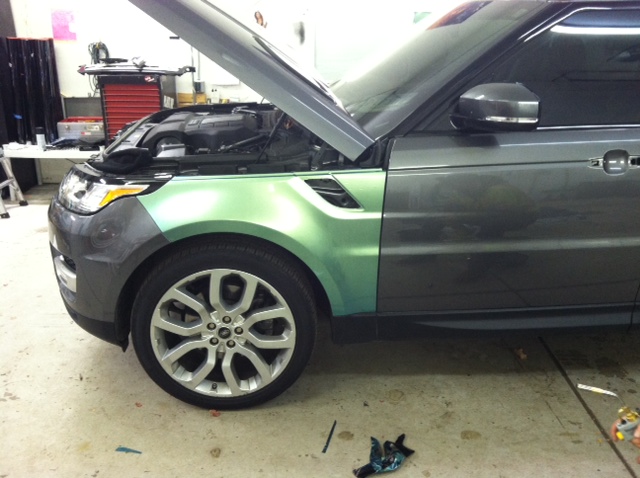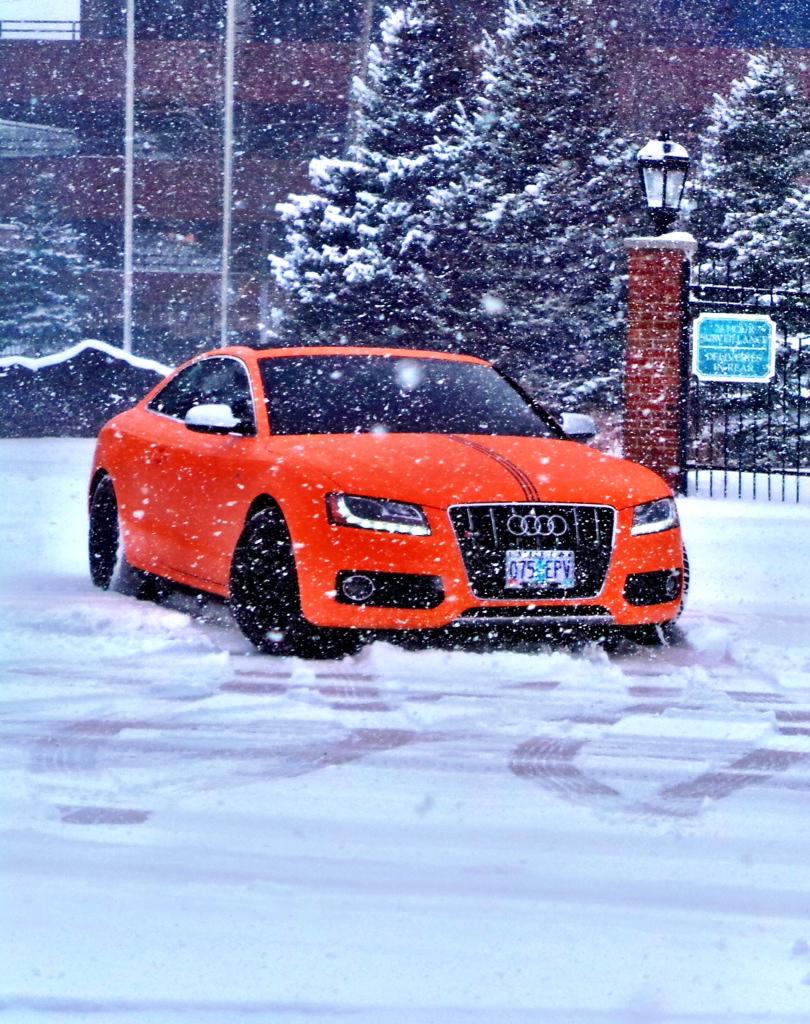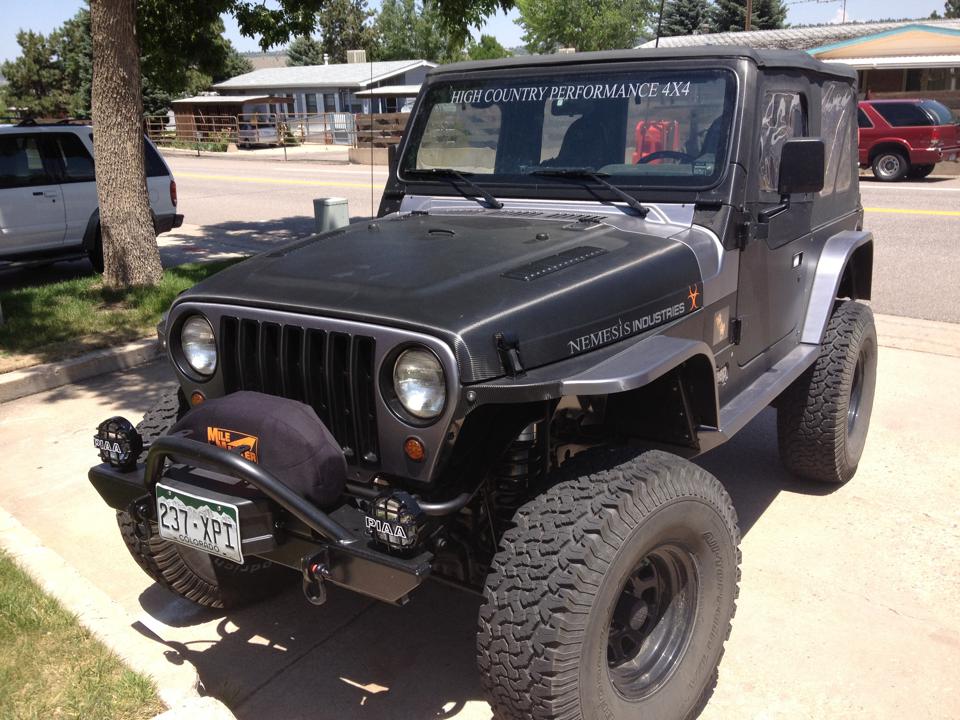Many motorists consider October, to be car care month
It is the perfect timing and opportunity for drivers to check and repair any car issue, to maintain safety and maximize efficiency, before the temperatures drop.
Winter magnifies existing problems like hard starts, sluggish performance and rough idling; even a slight ding in the windshield can spread and crack the entire windshield. Therefore, it is essential to deal with any minor details now, before it is too late and even more expensive.
You can perform some of these checkups or maintenance yourself, but others require professional assistance. Here is a list of basic actions and elements you should focus on, before winter hits hard.
 Easy Evaluations
Easy Evaluations
Headlights
- Check to see that all exterior and interior lights work and headlights are properly aligned. You might need help with this. Driving with a light out is not only dangerous, but you can get a ticket.
Wipers and Heater
- Make sure the heater, defrosters and wipers work properly.
- Consider winter wiper blades and use cold-weather washer fluid. As a general rule, wiper blades should be replaced every six months.
Professional Assistance
Tire Type and Tread
- Depending on the area you live, consider installing snow tires on all four wheels to provide the best winter traction. All-season tires work well in light-to -moderate snow conditions; as long as they have adequate tread depth.
- Without sufficient tread depth, your vehicle can’t properly grip the road. Under wet weather conditions, insufficient tread can cause a vehicle to hydroplane.
Belts and Hoses
- Have belts and hoses checked to ensure that the belts are not worn and fittings are tight. Inspect the underside of accessory drive belts for cracks or fraying. Many newer multi-rib “serpentine” belts are made of materials that do not show obvious signs of wear; replace these belts at 60,000-mile intervals.
- Inspect cooling system hoses for leaks, cracks or loose clamps. Also, squeeze the hoses and replace any that are brittle or have an excessively spongy feeling.
Gas, Oil and Filters
- Keep your gas tank at least half full throughout the cold weather to prevent moisture from forming in gas lines and possibly freezing.
- Be diligent about changing the oil and filter at recommended intervals. Have the oil changed every 3,000 miles. Dirty oil can spell trouble in winter. Consider changing to “winter weight” oil if you live in a cold climate.
 Check all fluids to ensure they are at or above the minimum safe levels, focus on transmission, brake and power steering fluids.
Check all fluids to ensure they are at or above the minimum safe levels, focus on transmission, brake and power steering fluids.- Check the coolant level in the overflow tank when the engine is cold. If the level is low, add a 50/50 solution of coolant and water to maintain the necessary antifreeze capability.
- Check the engine air filter by holding it up to a 60-watt light bulb. If light can be seen through much of the filter, it is still clean enough to work effectively. However, if light is blocked by most of the filter, replace it.
Brakes
- If there is any indication of a brake problem, have the system inspected by a certified technician to ensure all components are in good working order. The braking system is the vehicle’s most important safety item.
Be Prepared
Always carry in your car an emergency kit equipped for winter weather and check all your car tools. Also, carry an ice scraper and snow-brush.
Check the condition and pressure of your spare tire. If it is necessary, consider replacing it.
Don’t allow winter to catch you off guard, start checking your car right away. Nonetheless, you have the whole month of October to tune up your car and face winter without misfortunes.

